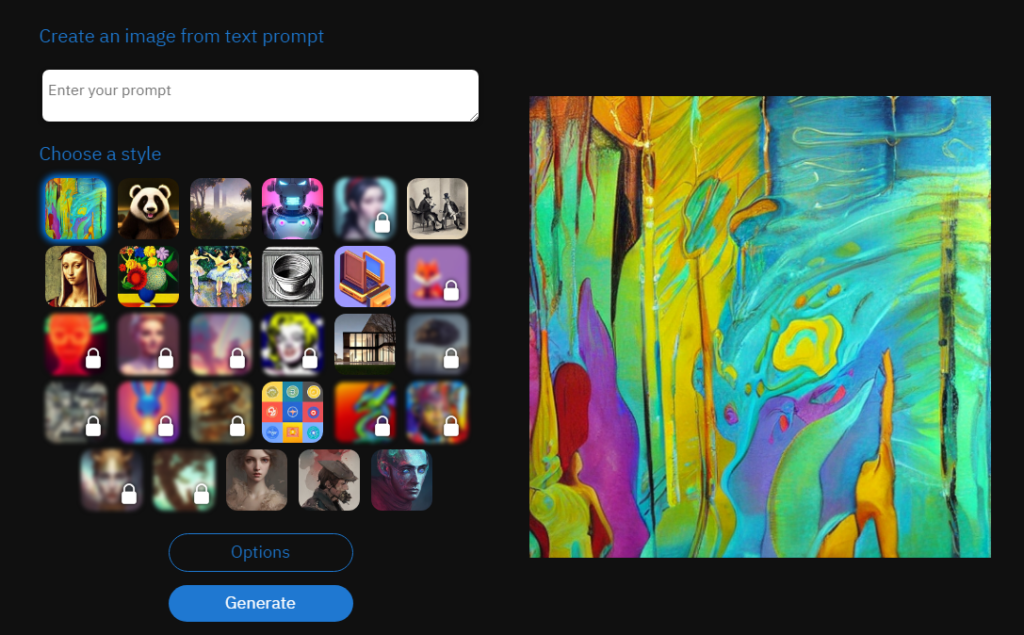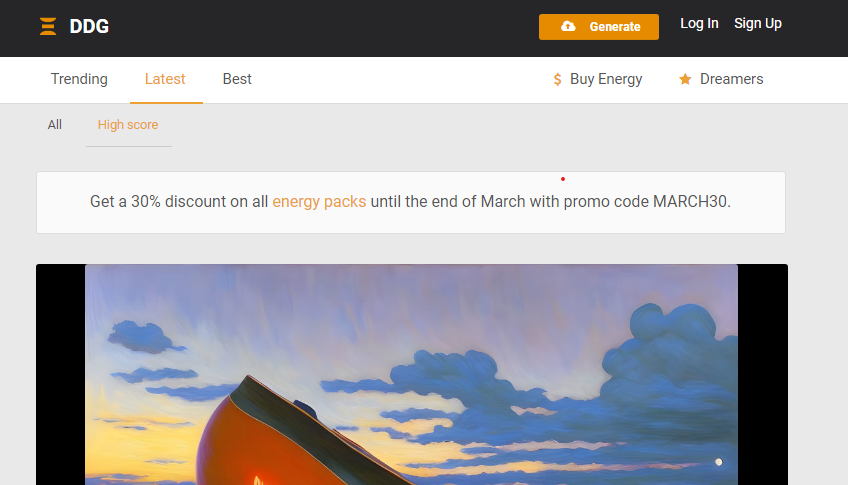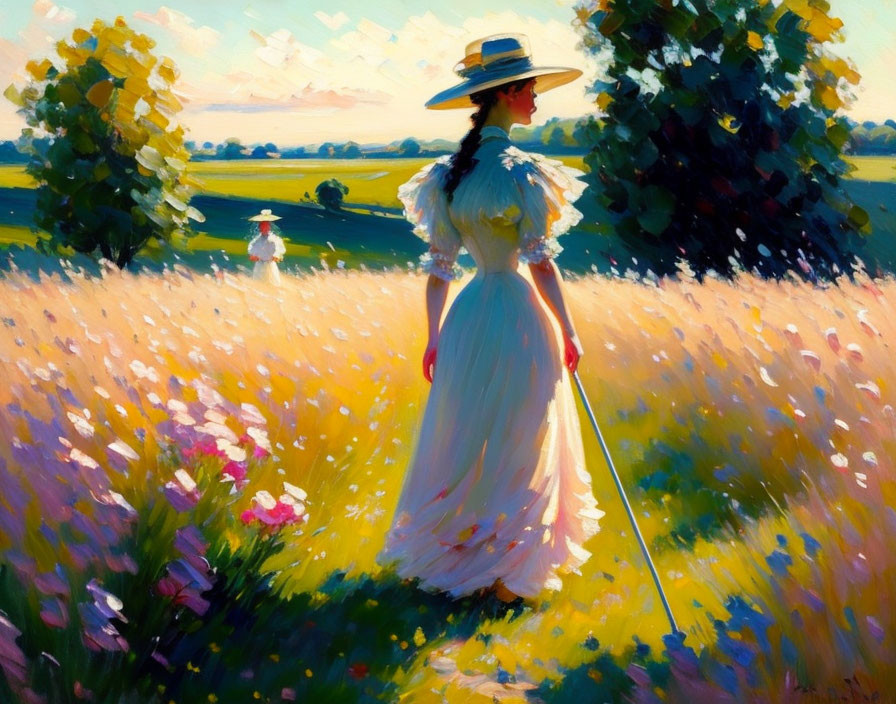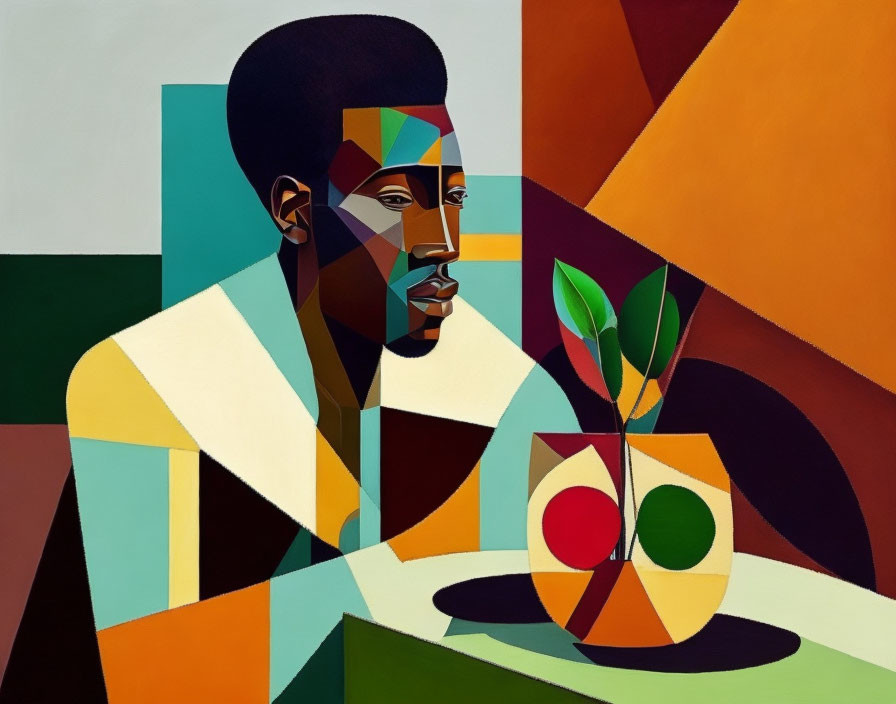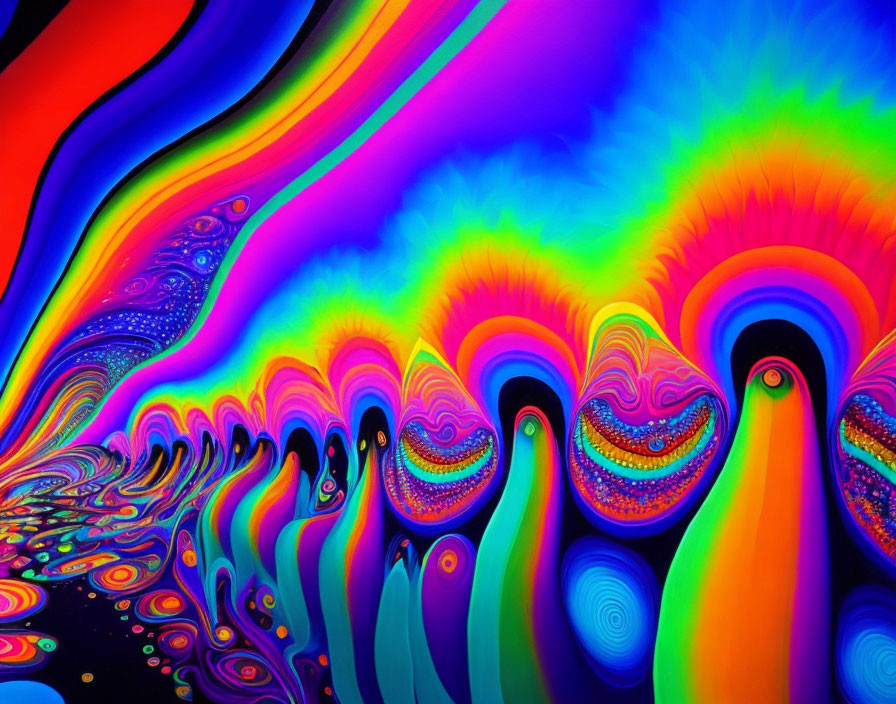Artificial intelligence has opened up new possibilities for artists and designers, allowing them to create unique and innovative works of art that were previously unimaginable. With AI art generators, artists can generate art in various styles, including Impressionism, Cubism, or Psychedelic Art, and create stunning pieces that challenge traditional notions of art.
However, generating AI art in different styles can be a challenging process, requiring an understanding of AI models, prompts, and fine-tuning techniques. In this guide, we’ll explore how to generate AI art in different styles and provide tips on crafting effective prompts.
Choosing the Right AI Model
There are many AI models available for generating art, each with its own unique capabilities and limitations. When selecting an AI model, consider the style you want to achieve and the type of output you’re looking for. For example, some AI models specialize in creating realistic-looking portraits, while others are better suited for creating abstract or surreal art.
Here are three popular AI models for generating AI artwork:
-
- StyleGAN: This is a deep learning model that is capable of generating highly realistic images with a wide range of styles and features. It is often used for creating portraits, landscapes, and other types of realistic art.
- Deep Dream: This model uses a technique called “inceptionism” to generate surreal and abstract art. It works by analyzing an existing image and then generating new images based on the visual patterns it detects.
- DALL-E: This is a new AI model from OpenAI that is designed specifically for generating images from text descriptions. It is capable of creating highly detailed and realistic images of objects and scenes based on written descriptions.
- StyleGAN: This is a deep learning model that is capable of generating highly realistic images with a wide range of styles and features. It is often used for creating portraits, landscapes, and other types of realistic art.
Crafting Effective Prompts
The prompts you use to generate AI art can greatly influence the style and content of the output. Effective prompts should be specific and descriptive, providing a clear direction for the AI model to follow. For example, if you want to generate Impressionist-style art, you might use prompts such as “bright colors,” “loose brushstrokes,” and “outdoor scenes.”
It’s also important to consider the level of detail in your prompts. Too much detail can limit the creativity of the AI model, while too little detail can result in an output that doesn’t align with your desired style. A good rule of thumb is to provide enough detail to guide the AI model, but not so much that it restricts its creativity.
Examples of Crafting Effective Prompts
To illustrate the importance of effective prompts, here are some examples of prompts for generating AI art in different styles:
- Impressionism: “bright colors,” “loose brushstrokes,” “outdoor scenes”
Prompt Inspired by Promptify: a painting of a woman in a field, an impressionist painting by Robert Reid, tumblr, american impressionism, impressionist art, standing with a parasol, impressionist painting, loose brushstrokes, outdoor scenes
- Cubism: “geometric shapes,” “multiple perspectives,” ” Picasso style”
Prompt Inspired by Promptify: earthy tone, cubism painting of a beautiful man sitting at a table with fruit trees, a cubist painting by Bernard Accama, tumblr, geometric shapes, multiple perspectives, cubists love it, cubist painting, Picasso style
- Psychedelic Art: “vibrant colors,” “swirling patterns,” “trippy imagery”
Prompt Inspired by Promptify: psychedelic art wall painting, graffiti art by Caroline Chariot-Dayez, pexels, psychedelic art, trippy mushroom, trippy art, vibrant color
Fine-Tuning the Output
Once you’ve generated your AI art, you may need to fine-tune it to achieve the desired style. Fine-tuning techniques can include adjusting the color, texture, and line quality of the output. For example, if you want to achieve an Impressionist-style output, you might adjust the color saturation to mimic the bright, vibrant colors often seen in Impressionist paintings. While all these can be achieved on Visual Paradigm Online easily!!!
By following these tips and techniques, you can generate AI art in different styles and create truly unique and compelling works of art. The possibilities of AI-generated art are endless, and with the right prompts and techniques, you can create art that is truly one-of-a-kind.
- Guide
- March 29, 2023

